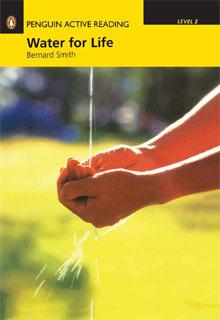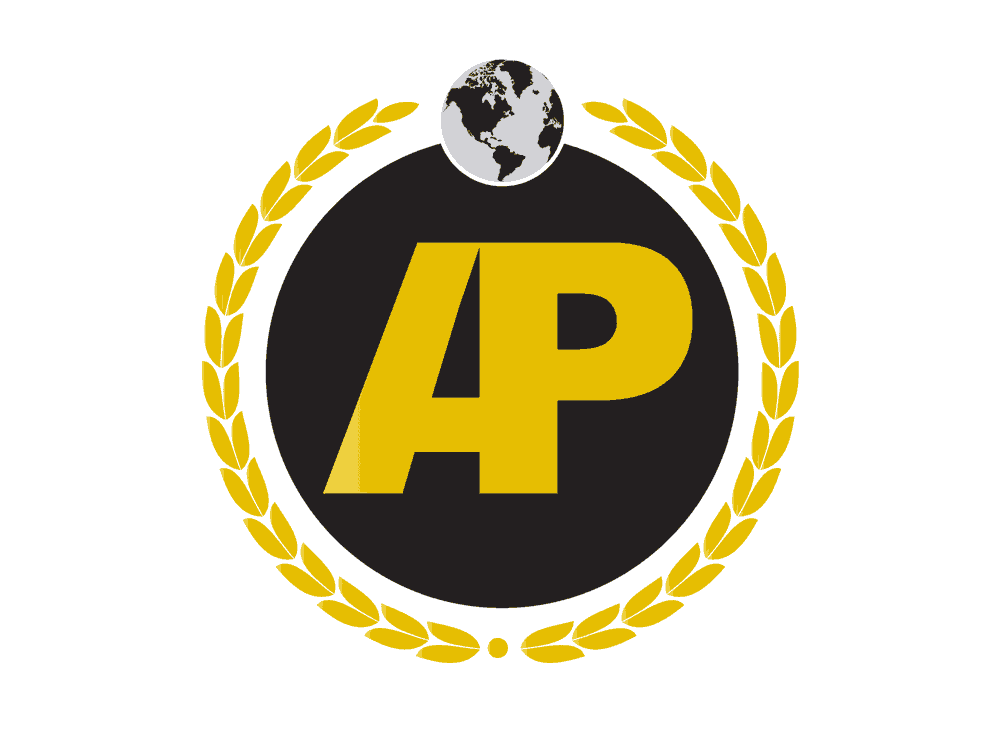Summary
Each chapter in the book deals with the different topics
and issues related to water. The importance of water, the
contamination of water, the history of how water was
transported, the current sources, new ways of transporting
water and the danger of running out, are all discussed.
Chapter 1: The importance of water to life on Earth
is stressed and the environmental dangers of rising
temperatures are outlined. As the Earth heats up, it
experiences an increase in hurricanes and floods, the ice
in the Arctic regions begins to melt faster than before and
sea levels rise. Changes in the weather cause floods and
droughts which affect the ability of farmers to produce all
the food we need. Many people do not have enough clean
drinking water, and contaminated water kills many people
in many countries. The author stresses that it is time some
action is taken to stop this.
Chapter 2: A very large proportion of our Earth is
composed of water. Most of it is salt water in the oceans.
The rest is fresh water in the form of ice in the Arctic and
Antarctic regions, and in our rivers and lakes. We can only
use a very small percentage of the water on Earth. In fact,
if we put all the world’s water in a hundred glasses, ninety
seven of them would be undrinkable, salty water. As the
population increases, more and more problems arise. Every
life form needs water to drink, and humans need water for
their farms and factories as well. About half the water we
need comes from food.
Chapter 3: Our clean water comes from rain. Rain is
caused by warm air absorbing water and then carrying
it up to a higher altitude. The air cools down and the
water forms clouds and later it rains. This water is not
always clean because the rivers and lakes it forms can be
contaminated by cities, factories and farms. A lot of water
also goes underground, this is called ground water, and
we can pump this up to the surface. This water is very
important in the driest areas of the Earth. We can also
access groundwater from wells, but when there is little
rain, the wells run dry. Also the ground water in areas near
the sea can be salty.
Chapter 4: In early history, the first people to live in
towns built them near rivers. As the population increased,
people moved away from the rivers and used water from
wells. Later, in about 2500 BC, in Persia (now Iran),
people transported water from the mountains to the towns
in a series of underground pipes called qanats or falajes.
Some of these ancient systems are still used today in the
Middle East. The Romans developed this idea further to
bring water from the mountains into the city of Rome.
Today, nearly every country is supplied with water by an
elaborate system of waterways.
Chapter 5: People are always thinking of ways to obtain
fresh water. One of these is to dam a river to produce a
big lake, and another is to use the world’s ice. Most of the
world’s ice is in the south, in the Antarctic, and the ice
sheet there can be up to three kilometres thick. When the
weather gets hotter, huge icebergs break off and float out
to sea. Icebergs also form in the north, especially around
Greenland, and float south into the Atlantic. These can be
very dangerous for ships, and one in particular was fatal
for the ship, the Titanic, in 1912. In 1977, a group of
people suggested the idea of pulling a large iceberg from
Antarctica to Saudi Arabia. They tried but it was not very
successful. Another idea is to put chemicals into clouds
to make them produce rain, but this is unreliable. In the
Middle East there are many factories that make fresh water
from sea water. This is very expensive, but it works.
Chapter 6: People in the developed world use a lot of
water every day in their homes, whereas people in poorer
regions have very little. Also farms and factories use even
more water. Much of this water comes from rivers. Rivers
flow into lakes and into the sea and in some areas so much
water has been taken from a river that it doesn’t reach the
lake or the sea. Factories use water and then put it back
into rivers and the sea. This water is often dirty. Factories
also produce smoke which pollutes the air. Farmers put
chemicals on their land and these chemicals pollute the
ground water and the rivers. People in the developed
world must think about these problems and try to stoppolluting the environment.
They also have to think about
how they can use water more efficiently, and how they can
help people who do not have enough clean water





